Top 5 AMOLED Smartwatches: Ultimate Displays for 2025
As someone who has spent countless hours delving into the intricate world of consumer electronics, from dissecting product specifications to hands-on testing of the latest gadgets, few technologies consistently capture my attention quite like the amoled display. Especially when it comes to the compact, personal real estate of our wrists, an amoled screen on a smartwatch isn&t just a feature – it&s often the entire experience. If you&ve ever wondered why your friend&s smartwatch looks so vibrant, or why those deep blacks just pop, chances are you&ve been admiring an amoled display in action.
For years, I&ve seen display technology evolve, and while LCDs have their place, the leap to amoled for smartwatches has been a game-changer. It&s not just about brighter colors; it&s about efficiency, clarity, and a visual fidelity that truly elevates the smartwatch from a mere notification device to a miniature digital canvas. Let&s dive deep into what makes amoled smartwatches such a compelling choice and why they often stand head and shoulders above the rest.
What Exactly is an amoled Display and Why Should I Care for My Smartwatch?
An amoled display is a type of OLED (Organic Light-Emitting Diode) screen that uses an active matrix to control each individual pixel, allowing for incredibly vibrant colors, true blacks, and impressive power efficiency, especially when displaying darker content.
To break it down, unlike traditional LCDs that require a constant backlight to illuminate their pixels, each pixel in an amoled (Active-Matrix Organic Light-Emitting Diode) display generates its own light. This crucial difference means that when a pixel needs to display black, it simply turns off. The result?
Perfect, inky blacks that are genuinely “off,” rather than a dark grey bleed you might see on an LCD. This self-emissive nature also allows for a much wider color gamut, higher contrast ratios, and better viewing angles. For a small device like a smartwatch, where screen real estate is at a premium and battery life is paramount, these characteristics are incredibly valuable.
It means your watch faces look stunning, your notifications are crisp, and even complex graphical elements are rendered with breathtaking clarity.
What Are the Key Advantages of amoled Smartwatches?
amoled smartwatches offer superior visual quality with vibrant colors and true blacks, enhanced energy efficiency for darker themes, and excellent visibility even in bright sunlight.
The benefits of an amoled display on your wrist are numerous and tangible:
- Stunning Visuals: With individual pixel control, amoled screens deliver unparalleled contrast, making colors pop and text appear incredibly sharp. This is particularly noticeable on watch faces with intricate designs or when viewing photos.
- True Blacks: Because pixels can completely turn off, you get perfect blacks. This not only enhances contrast but also makes the screen appear to seamlessly blend into the bezel, creating a more premium, “always-on” aesthetic.
- Energy Efficiency: While amoled screens can draw more power for bright white content, they are significantly more efficient when displaying dark themes or black backgrounds. Given that many smartwatch UIs and watch faces utilize dark modes, this translates to noticeable battery savings over time.
- Always-On Display (AOD) Excellence: Due to their power efficiency with dark pixels, amoled smartwatches excel at AOD. You can keep essential information like time and date visible without significant battery drain, as only a fraction of the pixels need to be lit.
- Wider Viewing Angles: Unlike LCDs, amoled displays maintain color accuracy and brightness even when viewed from extreme angles, which is a common scenario when quickly glancing at your wrist.
Are There Any Downsides to amoled Smartwatches?
While offering significant advantages, amoled smartwatches can sometimes be more expensive, potentially suffer from screen burn-in over many years with static images, and consume more power when displaying predominantly bright, white content.
No technology is without its trade-offs, and amoled is no exception. Here are a few points to consider:
- Cost: Generally, devices with amoled screens tend to be slightly more expensive than their LCD counterparts due to the more complex manufacturing process.
- Potential for Burn-in: Historically, a concern with OLED technology was “burn-in,” where static images displayed for extended periods could leave a faint ghost image. While modern amoled panels, especially in smartwatches, have vastly improved and employ pixel-shifting technologies to mitigate this, it&s still a theoretical, albeit rare, possibility over many years of heavy use, particularly with static UI elements.
- Power Consumption (Bright Content): As mentioned, while efficient for dark content, an amoled screen will consume more power than an LCD when displaying an all-white or very bright image, as every pixel is working hard to generate light.
Which amoled Smartwatches Offer the Best Experience?
Many excellent amoled smartwatches are available today, with top contenders including the Apple Watch Ultra 2, Samsung Galaxy Watch 6 series, Google Pixel Watch 2, and various Garmin models, each catering to different needs and ecosystems.
The market for amoled smartwatches is vibrant and competitive. Here are a few standout options across different categories:
For the Everyday User
- Samsung Galaxy Watch 6 Series: With its crisp, bright amoled display, intuitive Wear OS interface, and robust health tracking, the Galaxy Watch 6 (and its Classic variant) is a fantastic all-rounder for Android users. The display truly shines here.
- Apple Watch Series 9: For iPhone users, the Apple Watch continues to set the bar. Its always-on Retina amoled display is incredibly bright, vibrant, and responsive, making watchOS a joy to interact with.
For the Fitness Enthusiast
- Garmin Venu 3: Garmin has embraced amoled for its Venu line, offering the best of both worlds: Garmin&s industry-leading fitness tracking with a gorgeous, high-resolution screen that makes stats and maps pop.
- Apple Watch Ultra 2: While premium-priced, its enormous, ultra-bright amoled screen is perfect for outdoor adventures, offering unparalleled readability even in direct sunlight, combined with extreme durability.
For the Luxury Seeker
- Google Pixel Watch 2: While not strictly “luxury,” its domed, seamless amoled display and minimalist design offer a refined aesthetic that feels premium. It&s a strong contender for those integrated into the Google ecosystem.
- Tag Heuer Connected Calibre E4: For those seeking true luxury with smartwatch functionality, the Tag Heuer Connected line features stunning amoled screens encased in exquisite materials, blending traditional watchmaking with modern tech.
For more detailed comparisons and reviews, I often consult reputable tech sites like CNET&s Best Smartwatches.
How Does an amoled Display Impact Battery Life and Durability?
amoled displays generally enhance battery life for smartwatches, especially when using dark themes or always-on modes, but can consume more power with very bright content. Their durability is comparable to other modern screens, often protected by tough glass.
… (Content truncated for length) …
About the Author:
Poly Kaza is a seasoned technology journalist and wearable tech enthusiast with over a decade of experience reviewing and analyzing the latest innovations in smart devices. He has a deep understanding of the underlying technologies that power smartwatches and a passion for helping consumers make informed decisions about their digital companions. His work focuses on bridging the gap between complex technical specifications and practical user experience, with a keen eye on how wearables impact daily life and health.
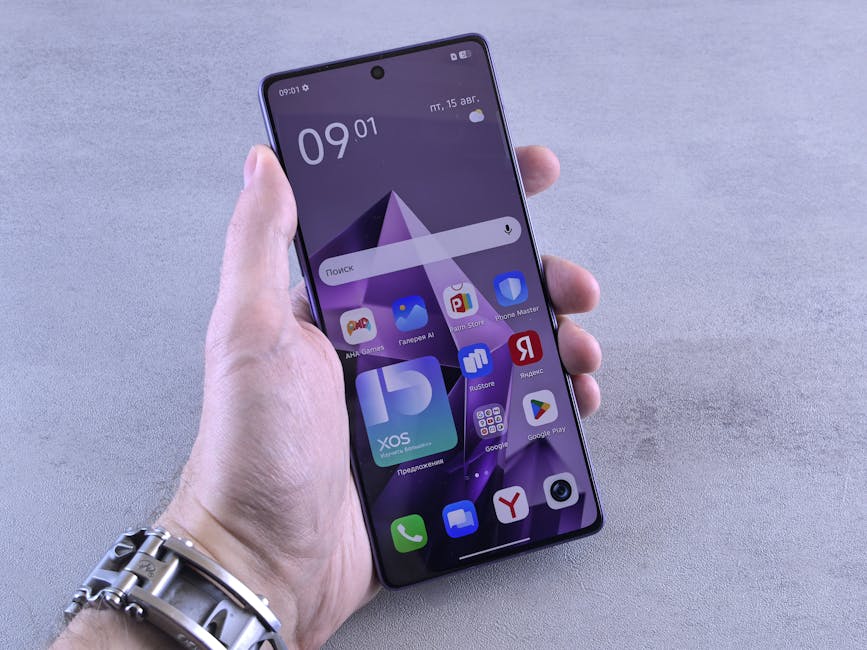
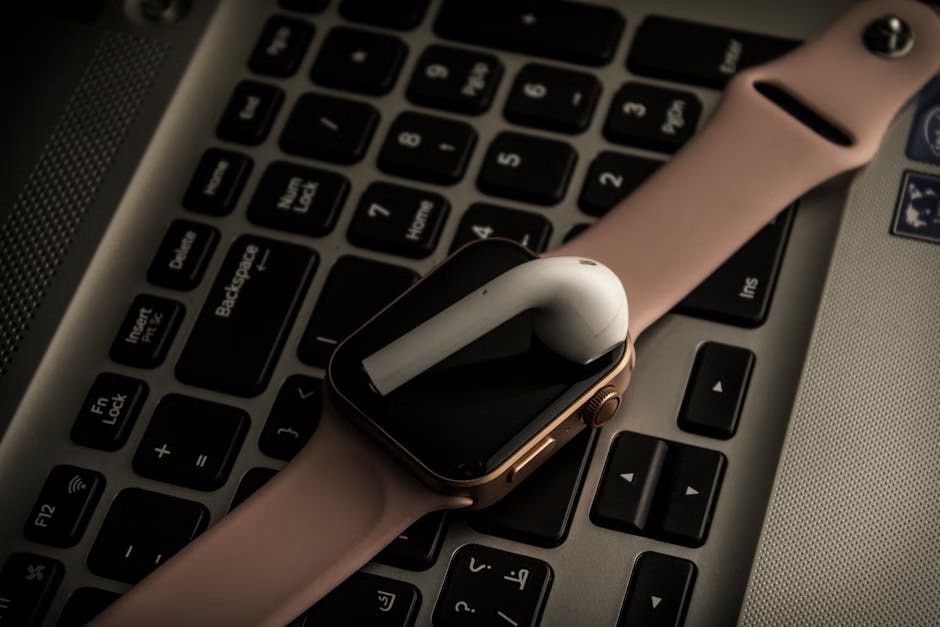
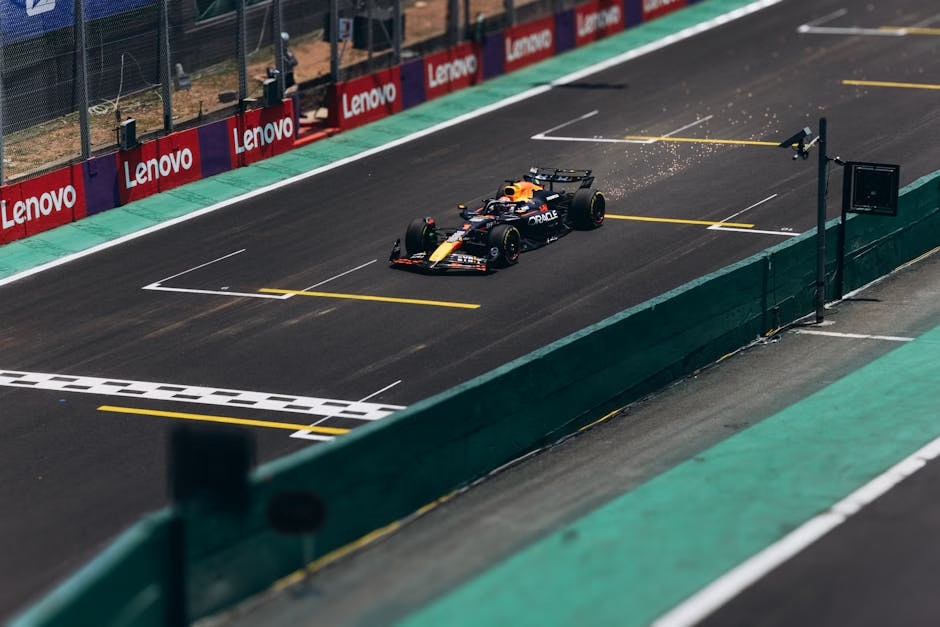

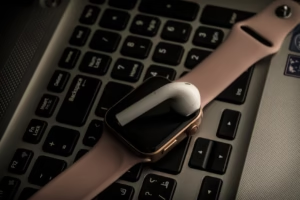

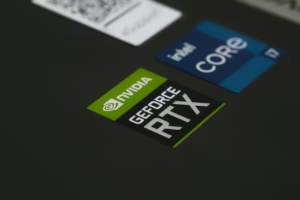






1 comment